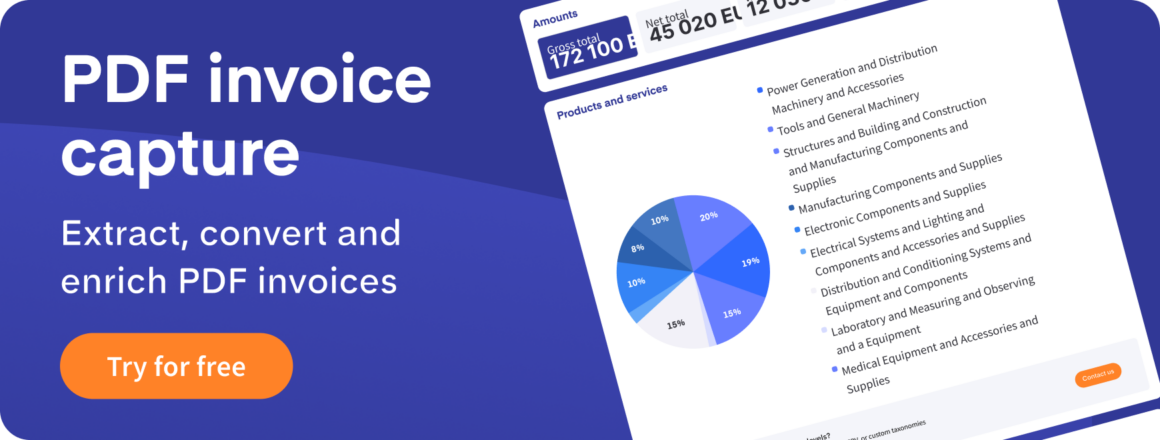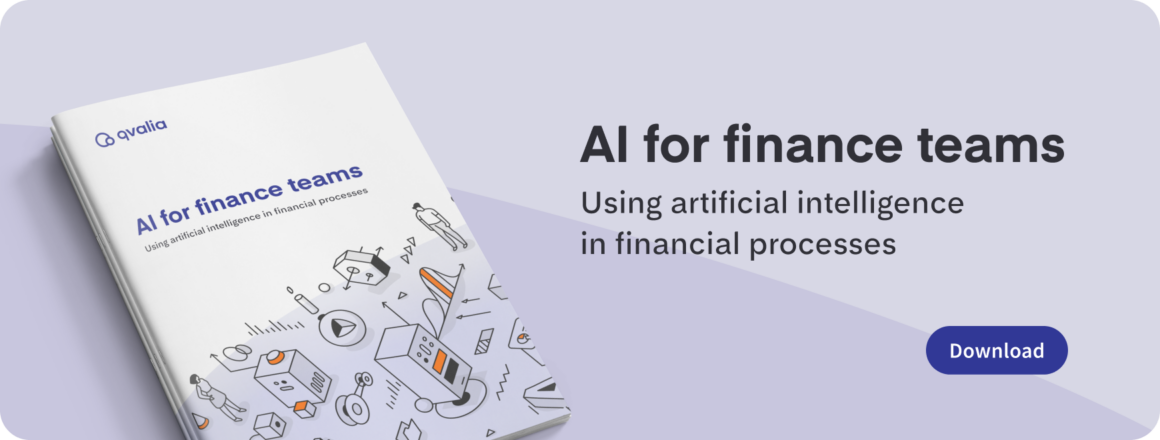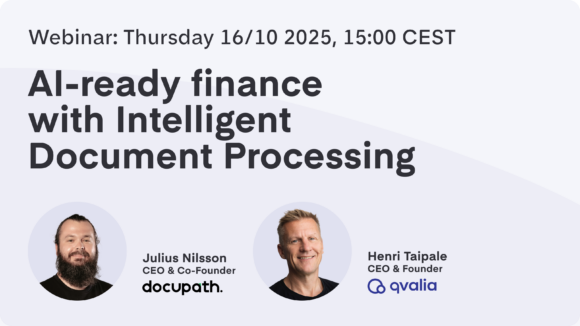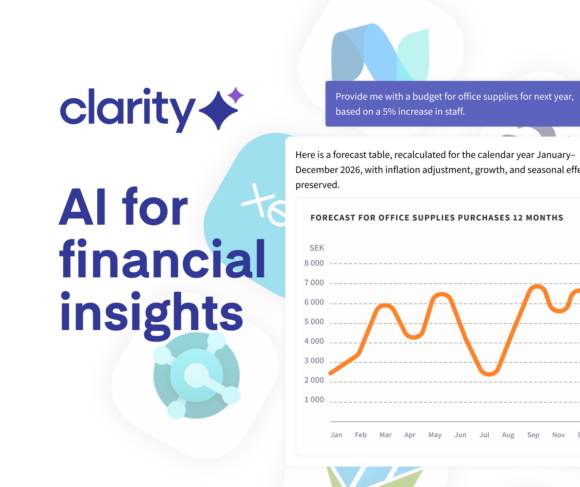
Artificial intelligence is transforming the finance function, but many businesses risk starting in the wrong place. While the focus often lands on the latest technology, like the powerful large language models (LLMs) or cutting-edge tools and algorithms, these applications are only as efficient as the data they rely on.
In other words: you can’t fix bad data with good AI.
The challenge: Bad data in, bad AI out
AI algorithms — whether generative models, predictive analytics, or rule-based automation — are not inherently intelligent. They require large volumes of structured, consistent, and reliable data to function. Without it, even the most advanced tools will fail to deliver meaningful insights or outcomes.
In finance, this problem is amplified. Organizations process enormous amounts of data through documents like invoices, orders, account postings, and master records. But much of this data is trapped in unstructured formats — PDFs, printed documents, scanned images, or emails — making it inaccessible for AI and automation.
Structured vs unstructured data: A quick intro
Structured data is machine-readable and consistently formatted, like what you’d find in a spreadsheet or a database. It enables fast, accurate processing and is compatible with both traditional automation and advanced AI models. Examples include:
- Invoice line items
- Supplier and customer master data
- Purchase orders and references
- Accounting dimensions
- Payment account numbers or tax IDs
Unstructured data, on the other hand, lacks standardized formatting. It’s difficult for algorithms to interpret without manual intervention or preprocessing. Common examples in finance include:
- PDF invoices or printed orders
- Contracts and agreements
- Emails or free-text fields
- Process documentation
This type of data isn’t useless, of course, but it’s a bottleneck in the context of AI. If your core financial data lives in unstructured formats, your ability to apply automation or machine learning is significantly limited.
Turning unstructured into structured
To build intelligent financial operations, organizations must convert unstructured data into a structured form — or, better yet, capture it as structured from the start. This means:
- Digitizing incoming documents
- Using standardized formats like electronic business messages (e.g., Peppol)
- Normalizing and classifying data with tools like AI-powered extraction and validation
Without this step, finance teams spend valuable time manually reviewing and correcting information, undermining the potential gains from AI.
Building the data foundation: quality, quantity, and diversity
High-performing AI doesn’t just need more data — it needs the right data. That includes:
- Quality — Is your data accurate, complete, consistent, and up to date?
- Quantity — Do you have enough relevant data to train or fine-tune models?
- Diversity — Does your data represent the range of transactions, partners, and formats you encounter?
Achieving this requires robust data management practices. That includes breaking down silos, ensuring consistency across systems, and enabling end-to-end data visibility throughout the transaction lifecycle.
Treating data as a strategic asset
Finance teams already manage critical resources — budgets, cash flows, and risks. Undoubtedly, data must be treated as one of those assets. That means:
- Investing in tools and processes that prioritize data quality
- Enabling real-time data access and enrichment
- Supporting continuous algorithm training and refinement
So, how to get started? By reflecting on these questions, you’ll have the right mindset. The answers will determine your readiness to benefit from AI, not just in pilot projects, but across your core operations:
- Is our data captured in a structured, machine-readable format?
- Are we losing value due to siloed or duplicated data?
- Do we have clear workflows to classify and validate data for AI systems?
Get AI-ready and make it work
Data drives the future of finance. By building your data foundation today, you’re not only improving efficiency, you’re gaining a competitive edge in the AI era.
At Qvalia, we help businesses unlock the full value of their transaction data. Our platform is designed to integrate with your existing processes, extract and enrich data from both structured and unstructured sources, and future-proof your finance operations.




